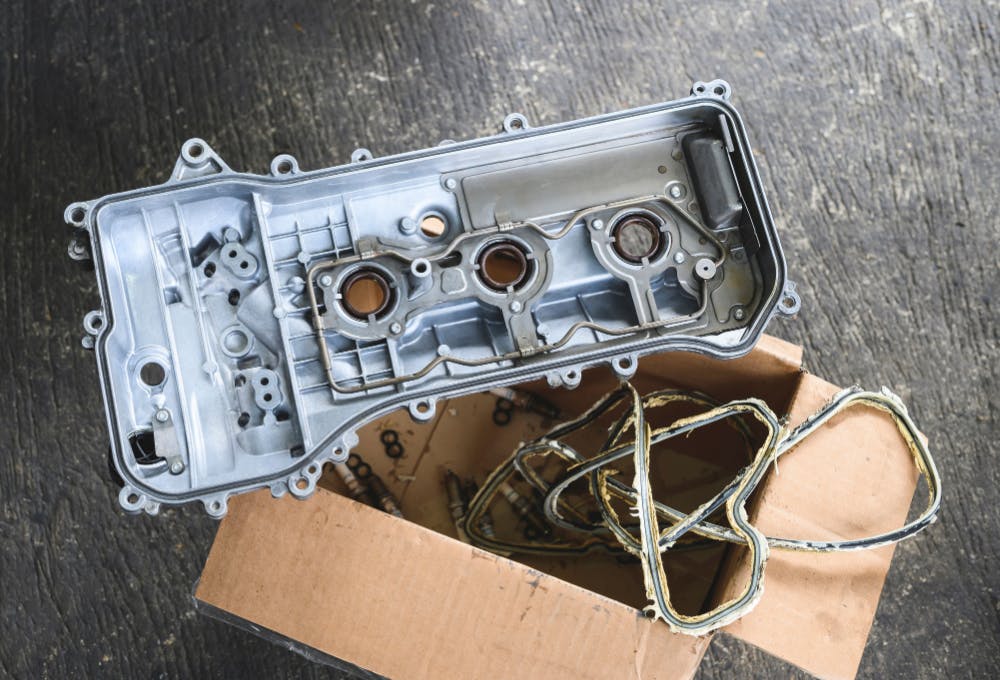Can I Replace my own Rocker Cover Gasket?

Although it might sometimes seem like an impossible task, it is certainly possible even for relatively inexperienced non-professional mechanics and car enthusiasts to replace rocker cover gaskets on a DIY basis with nothing more than a basic set of tools.
However, it should be noted that in some cases, it may be necessary to remove or partially disassemble one or more unrelated engine components or systems to gain sufficient workroom to remove a rocker cover from the engine. As a general rule, these include cosmetic engine covers, power steering and/or AC hoses, electrical wiring that is routed over the engine, as well as intake system ducting and other components such as intercooler ducts.
WARNING: In some cases, it may be necessary to disconnect fuel system components such as fuel rails, fuel feed lines, and even injector lines, especially on diesel engines whose fuel injectors are located inside cylinder heads. As a practical matter, these components are generally not difficult to remove or disassemble, but the danger lies in the fact that some fuel lines may remain under residual pressure for many minutes after an engine is switched off. Therefore, great care must be exercised when disconnecting any fuel lines or components, since pressurised fuel may suddenly escape explosively from loosened line joints and junctions, so be sure to observe all possible precautions to prevent a possible fuel fire.
As a practical matter, though, replacing a rocker cover gasket is often as simple as removing a few retaining bolts with suitable tools, lifting the rocker cover clear of the engine, and removing the old gasket from the rocker cover. It is important to note though, that a) the engine should be cold to prevent scalds and burns, and b), that the replacement procedure should ideally be performed under cover, such as in a garage, to prevent dust and dirt from entering the engine.
The reassembly process is done in the exact reverse order of removal/disassembly, but be sure not to use any kind of sealant or adhesive to improve the seal between the rocker cover and the engine, since rocker cover gaskets are designed to be effective without the use of sealants. Moreover, using too much sealant could deposit some sealant into the engine, where it could clog up vitally important oil passages when it solidifies or cures.
Note, also, that in all cases, the work area and all parts should be kept free of dust and dirt to protect the engine. Note also that rocker cover retaining bolts/screws are usually very small, and it is, therefore, easy to over-tighten and damage both the bolts and the cylinder head when tightening them.
Having said all of the above, though, actually replacing a rocker cover gasket can be a daunting prospect for novice non-professional mechanics, especially if the process requires the removal and/or disassembly of unrelated engine parts or components. Therefore, if you are uncomfortable with the idea of undertaking what amounts to major surgery on your vehicle’s engine, we recommend that you rather seek professional assistance with the rocker cover gasket replacement procedure to avoid the possibility of inadvertently causing damage to some parts or components.
